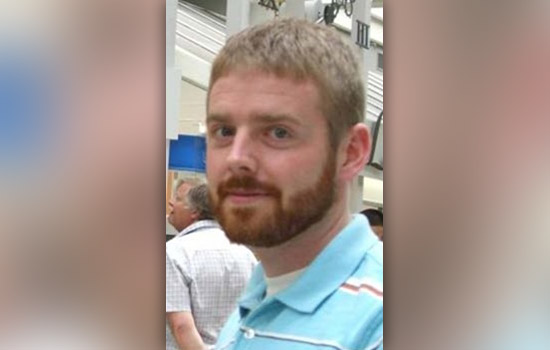Doctoral student wins scholarship to further research in extreme ultraviolet lithography
Focus will be on monitoring lens performance for improved integrated circuit fabrication
Germain Fenger
Germain Fenger, a doctoral student in microsystems engineering at Rochester Institute of Technology, has been awarded the 2011 BACUS Photomask Scholarship by the Society of Photo-Optical Instrumentation Engineers’ Photomask International Technical Group. He was selected to receive one of the five top awards given by the society to optics and photonics student-researchers from around the world.
The Photomask scholarship is awarded to a full-time student in the field of microlithography with an emphasis on optical tooling and/or semiconductor manufacturing technologies. Fenger will use the award to support his research on improving the process to develop state-of-the-art integrated circuits.
“I am very pleased and honored to be awarded this scholarship,” says Fenger, originally from South Otselic, N.Y., south of Syracuse. “It will help immensely with continuing my research.”
Fenger is currently working on photoresist-based aberration metrology for extreme ultraviolet lithography, the next-generation lithography system for integrated circuit manufacturing, with his academic advisor Bruce Smith, director and professor of microsystems engineering.
“Germain’s background in microelectronics and nanolithography will ensure his success on this project in a field that is critical to implementation of next generation lithography,” says Smith. “As EUVL evolves into a manufacturing technology, it will be important to have an independent method to monitor lens aberration. An image-base approach such as the one Germain is working on is well suited for current and future EUVL capabilities.”
“I am working on lens aberration monitoring for EUVL at wavelengths of 13.5 nanometers. This work will be important because EUVL systems, the most prominent candidate for next-generation lithography, use reflective optics that absorb a significant amount of energy,” says Fenger, who earned undergraduate and graduate degrees from RIT’s Kate Gleason College of Engineering in microelectronic engineering. “This absorbed energy will result in lens heating and may induce aberrations. Therefore, a way to monitor aberrations during system use may be critical.”
Lithography is a crucial step that is repeatedly used in making microprocessors, or computer chips. During the lithography operation, short wavelength light ranging from the ultraviolet to near X-ray wavelengths is used to transfer images to a photosensitized semiconductor substrate, usually silicon. Research and development of faster and more sophisticated microprocessors is being conducted using 13.5 nanometer EUVL, where one nanometer is equal to one billionth of a meter. Research continues to enable more transistors to be integrated onto silicon wafers, increasing storage and offering better information processing capabilities.
About the Society of Photo-optical Instrumentation Engineers: The international society for optics and photonics was founded in 1955 to advance light-based technologies. Serving more than 180,000 constituents from 168 countries, the society advances emerging technologies through interdisciplinary information exchange, continuing education, publications, patent precedent and career and professional growth. SPIE annually organizes and sponsors approximately 25 major technical forums, exhibitions and education programs in North America, Europe, Asia and the South Pacific, and supports scholarships, grants and other education programs around the world.














